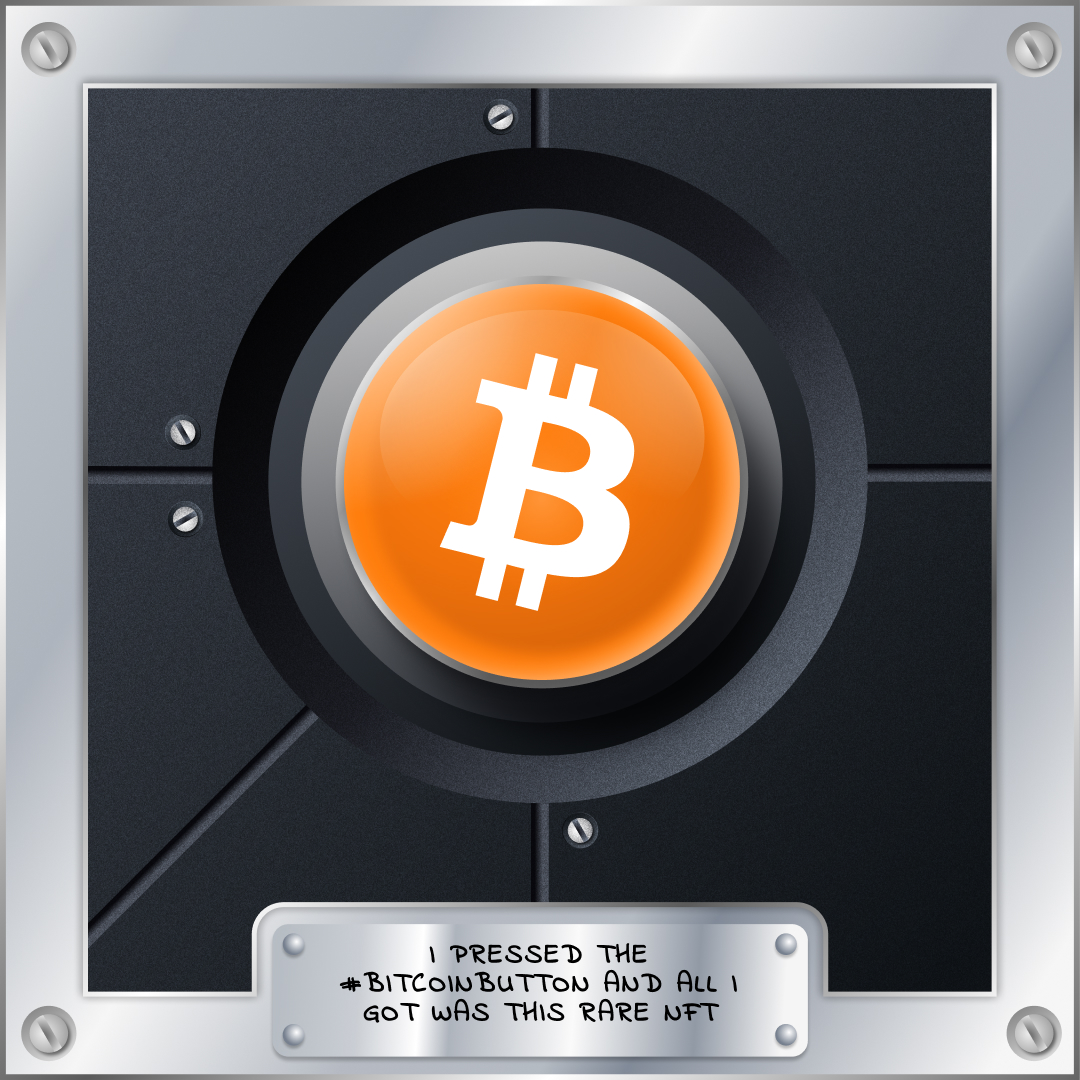Avalanche (AVAX) is a blockchain network designed to provide a highly scalable and interoperable platform for decentralized applications (dApps) and enterprise use cases. It was launched in 2020 by Ava Labs, a team of blockchain developers led by Emin Gün Sirer, a computer science professor at Cornell University.
Avalanche aims to address some of the key limitations of existing blockchain networks, such as slow transaction speeds, high fees, and limited scalability. It achieves this through a unique consensus mechanism called Avalanche-X, which enables near-instant finality and high throughput.
How does Avalanche work?
Avalanche uses a consensus mechanism called Avalanche-X, which is based on a new family of consensus protocols called Avalanche. This consensus mechanism enables the network to achieve near-instant finality, high throughput, and low transaction fees.
In Avalanche-X, validators (known as stakers) are randomly selected to form consensus groups, which are responsible for validating transactions and adding them to the blockchain. These consensus groups communicate with each other to achieve consensus on the state of the network, and once consensus is reached, the transaction is considered final.
Avalanche also uses a subnetwork architecture, which enables developers to create their own custom blockchain networks that are interoperable with the main Avalanche network. This allows for greater flexibility and customization, as well as increased scalability and interoperability.
What are the features of Avalanche?
Scalability: Avalanche is designed to support high transaction throughput, with the ability to process up to 4,500 transactions per second.
Interoperability: Avalanche's subnetwork architecture allows for interoperability with other blockchain networks, enabling the seamless transfer of assets and data between networks.
Security: Avalanche uses a combination of consensus mechanisms and security measures to ensure the integrity and security of the network.
Low fees: Avalanche's consensus mechanism enables low transaction fees, making it more accessible and affordable for users and developers.
Smart contract functionality: Avalanche supports the development of smart contracts using a variety of programming languages, including Solidity, the language used to develop smart contracts on the Ethereum network.
Use cases of Avalanche
Avalanche's scalability, interoperability, and security features make it well-suited for a wide range of use cases, including:
Decentralized finance (DeFi): Avalanche has seen significant adoption in the DeFi space, with several DeFi protocols and applications, such as Aave, Curve Finance, and Chainlink, launching on the network.
Enterprise solutions: Avalanche's high throughput and low fees make it an attractive platform for enterprise solutions, such as supply chain management and logistics.
Gaming: The scalability and low fees of Avalanche make it an ideal platform for developing blockchain-based games and gaming applications.
Asset management: Avalanche's interoperability features make it a useful platform for asset management and the transfer of assets between different networks.
Conclusion
Avalanche is a blockchain network that aims to provide a highly scalable and interoperable platform for decentralized applications and enterprise solutions. Its unique consensus mechanism, subnetwork architecture, and security features make it a promising platform for a wide range of use cases, including DeFi, enterprise solutions, gaming, and asset management. With a growing ecosystem of applications and protocols, Avalanche is positioning itself as a leading blockchain network for the future of decentralized technology.






